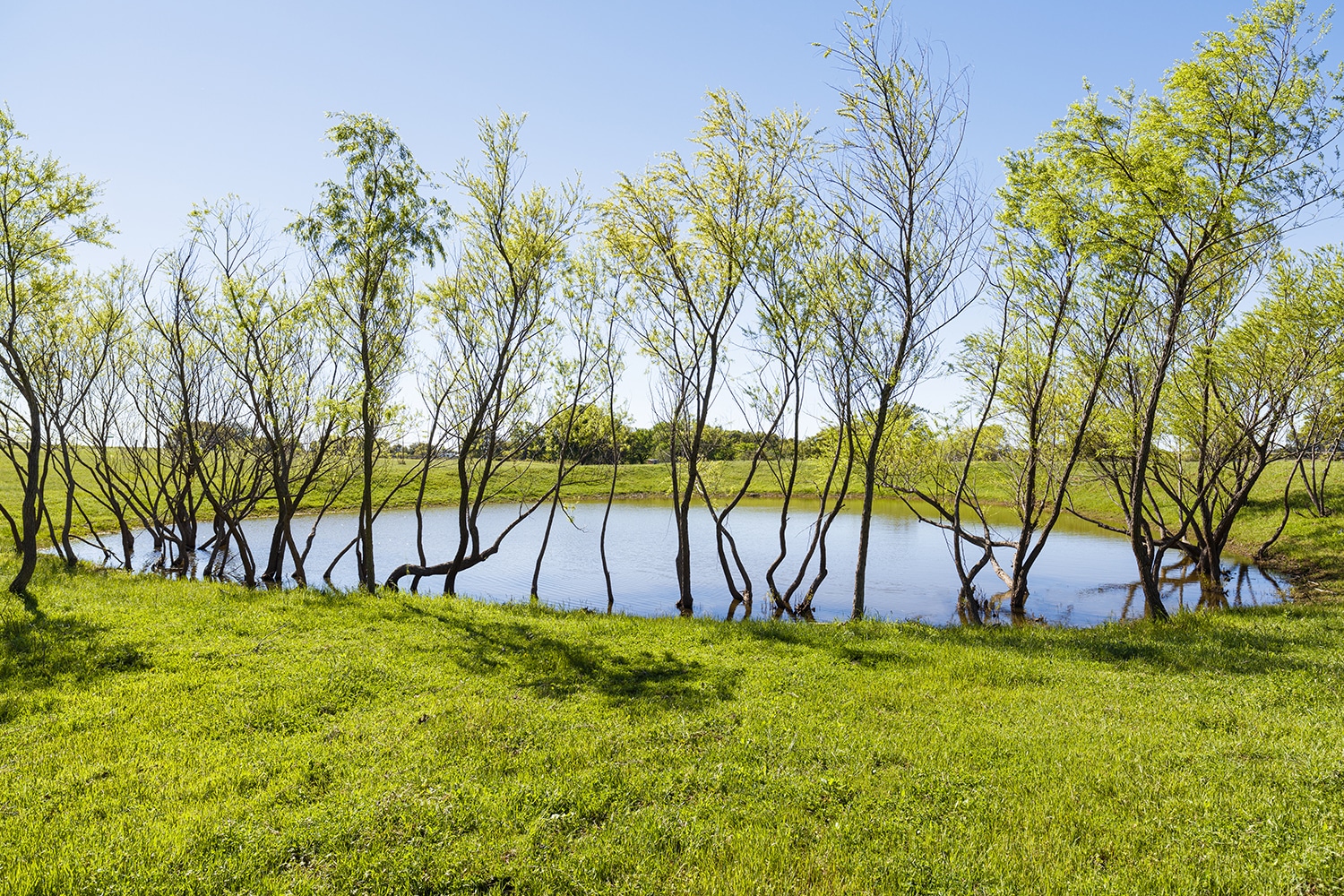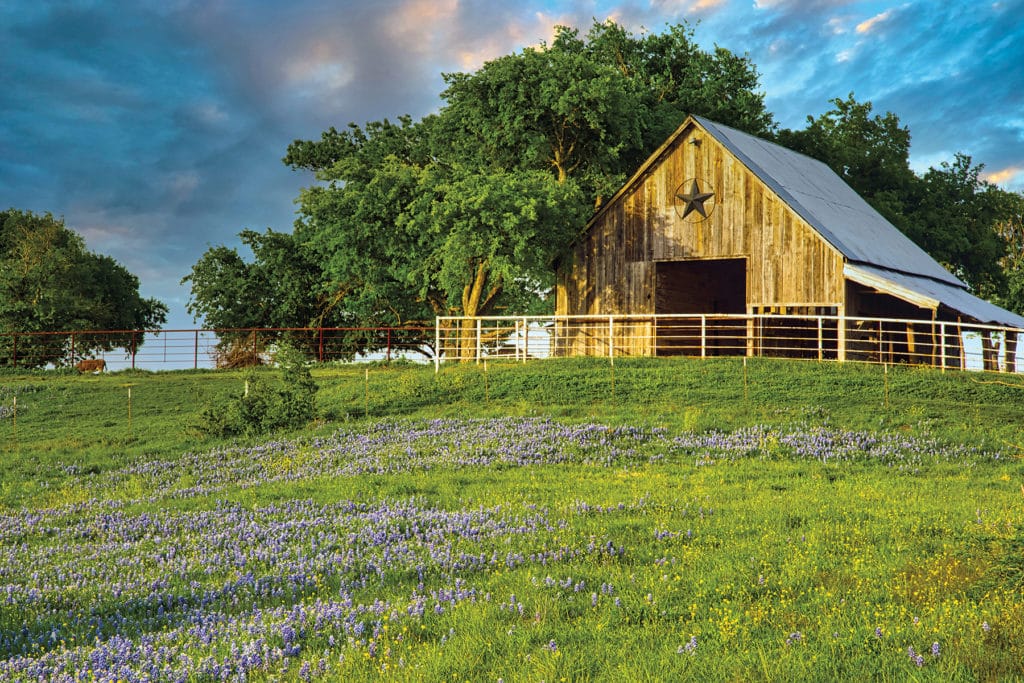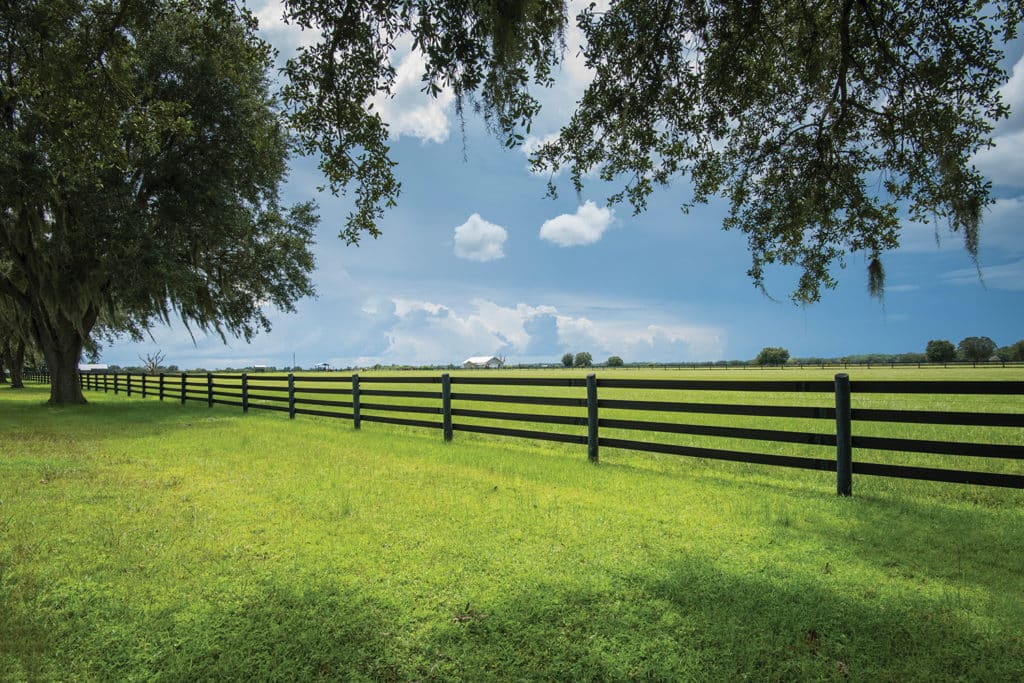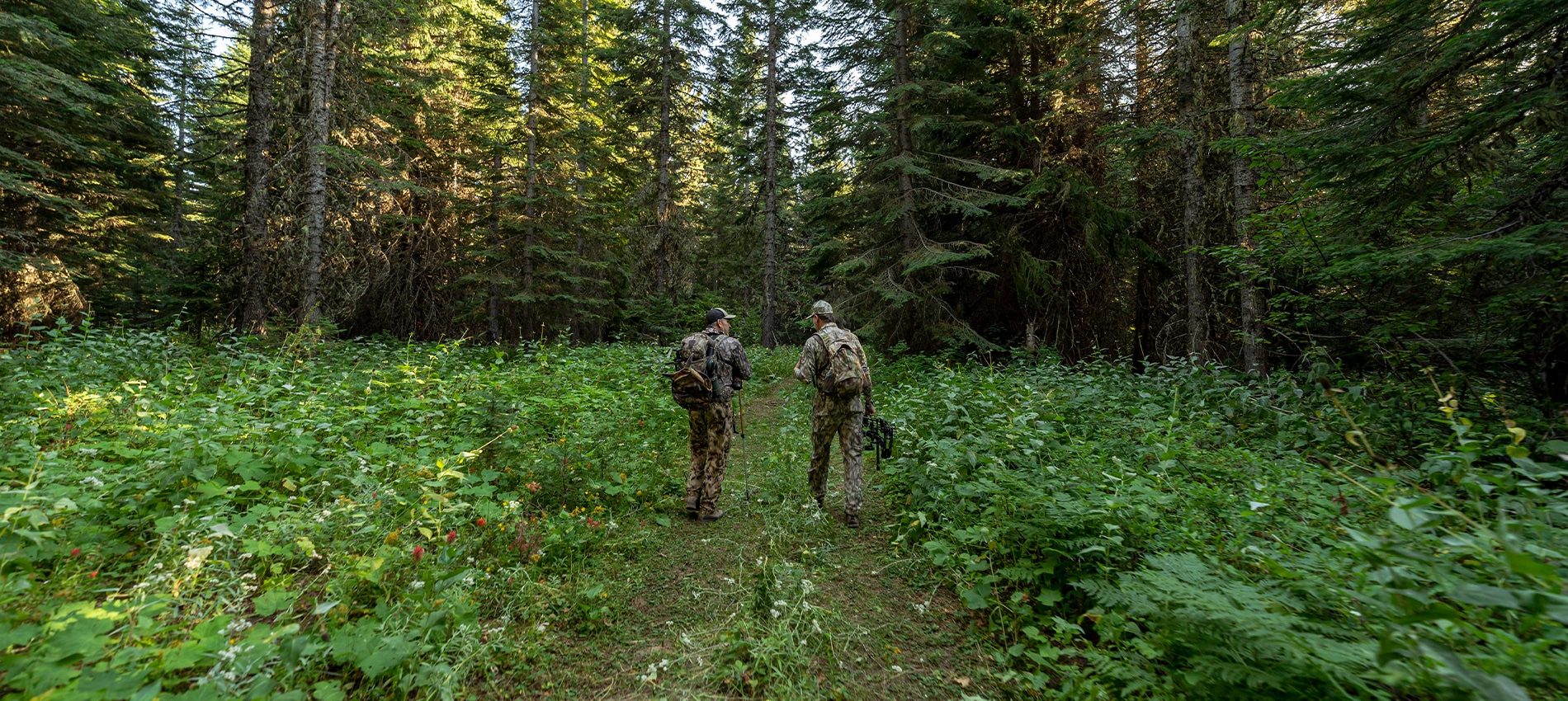
Real estate agents will tell you—don’t wait until you sell your house to remodel or make repairs. Fix it up now so you can enjoy the house while it’s yours.
The same holds true for land.
Too often, landowners don’t bother to clear brush, replace a faulty septic system or install a new entrance gate—not until they’re ready to put their property on the market.
Making improvements now can pay off in two ways. You’ll increase the future value of the property. Plus, you’ll get to enjoy the upgrades yourself.
Key Considerations
Which improvements should you tackle first?
That depends how you plan to use the property and where it’s located—a homesite in the Piney Woods or a hunting ranch in the South Texas brush country, for instance.
“The most important things are water and power,” says Jeff Bedwell, Brady and San Saba branch manager with Central Texas Farm Credit in the western Hill Country. “That may sound like a no-brainer, but people just don’t understand the lack of available water in some rural areas.”
In East Texas, adding a water feature and “cleaning up” treed property will usually pay off at sale time, according to Garrett Cox, appraiser with Heritage Land Bank in Tyler.
Following are a few improvements that may
pay off for you, whether financially or in personal satisfaction.

Water
Water features are generally the top choice for improvements. Installing a lake or pond can add significant value to property. And if you have creeks, clean them up to improve water flow. Not only does water add aesthetic appeal, it helps attract wildlife to the property, according to Cox.
“In the middle coast area, water features continue to command a premium with recreational property buyers,” says Wade Kubecka, appraiser with Capital Farm Credit in El Campo. “The majority of buyers want water features that are already in place.” Those features range from waterfront properties that offer access to the saltwater bay systems all the way to waterfowl habitat ponds developed specifically with the waterfowl hunter in mind.
Whether you plan to live on the property, raise livestock or nurture a deer herd, a reliable water source is a requirement. But in many areas of Texas, water is not guaranteed.
“Just because there’s a water line in front of your property doesn’t mean you can tap into it,” says Bedwell. It may be necessary to drill a well. But to ensure that’s even possible, go online to check the water depth and quality of test wells in your area, he advises.

Structures
Twenty years ago, barndominiums were not common—at least not by that name. Today, a “barndo”—often a metal structure that’s popular on recreational properties—will usually increase a property’s value, according to Cox. He reports that even a small cabin will make a property more attractive to someone looking for a place to hunt.
“A barndominium will at least retain its value, and it costs about the same as a mobile home, which loses value,” Bedwell says.
Moreover, a barndo can do double duty as a home—whether full-time or on weekends—as well as a workshop or equipment shed. And if you build a larger home later, the barndo can serve as a bunk house for extra visitors.
But don’t overlook other types of functional structures. A barn, shop or well-constructed shed will enhance your property as well, says Cox.

Fencing
Quality fencing is a key consideration if you have a hunting ranch—and it’s a requirement if you raise livestock. For a cattle ranch, regular field fence will cost about $2.50 per foot—$3 a foot if bulldozer work is needed—and that can add up quickly, Bedwell points out.
“But if you’re going to have a cow-calf operation, fencing is right behind water and power as an essential property improvement,” he says.
On a recreational property, determine if you truly need a high fence to keep deer in or if a low fence is adequate. Although high fencing will raise the value of the property, only a small percentage of buyers are willing to pay the extra cost of a high fence, according to Bedwell.
Brush Clearance
In East Texas, where the vegetation can be dense, Cox says land buyers are often looking for a view. Thinning out trees and clearing the undergrowth between them can make the property more attractive.
On a woodlot that you plan to use for recreation and timber, he recommends making cuts through the timber for hunting lanes and adding roads for movement through the property. It also makes sense to plant a food plot in the center, he says.
“For $85 an hour, you can rent a bulldozer and clean up pockets of the property so you can move around,” says Cox.
Cox, who previously was an appraiser in Central Texas, notes that clearing brush and cedar can also add to property values in the Hill Country. But don’t “over-clear” the land.
Rainwater Collection
“A rainwater collection system is the way of the future in our part of the world,” says Bedwell. He tells the story of a small rancher who collected enough rainwater off a 40-by-60-foot barn to meet the ranch’s water needs for a year.
“An elaborate rainwater collection system will cost $30,000 to $40,000, versus $125,000 to drill a deep well. So it’s relatively affordable,” he says.
Besides, he points out, “collecting rainwater is not only smart, but it’s perceived as a good thing”—and something he believes rural property buyers in the Hill Country will be seeking in the future.
Like water, electricity is something many first-time landowners take for granted, according
to Bedwell.
Power
“It’s really important to have power in place, especially for a rural homesite,” he says.
“A lack of power is likely to lower your property’s resale value and give potential buyers second thought.”
Your Plan
Confused about how to improve your particular property? Not sure where to start?
“Think about it this way,” says Bedwell. “If it’s 10 years in the future, and you’re putting your property on the market, ask yourself what
you could have done to make it more usable and enjoyable.”
And remember: Improvements often can be financed as part of the mortgage, if they’re planned when you purchase the property.
